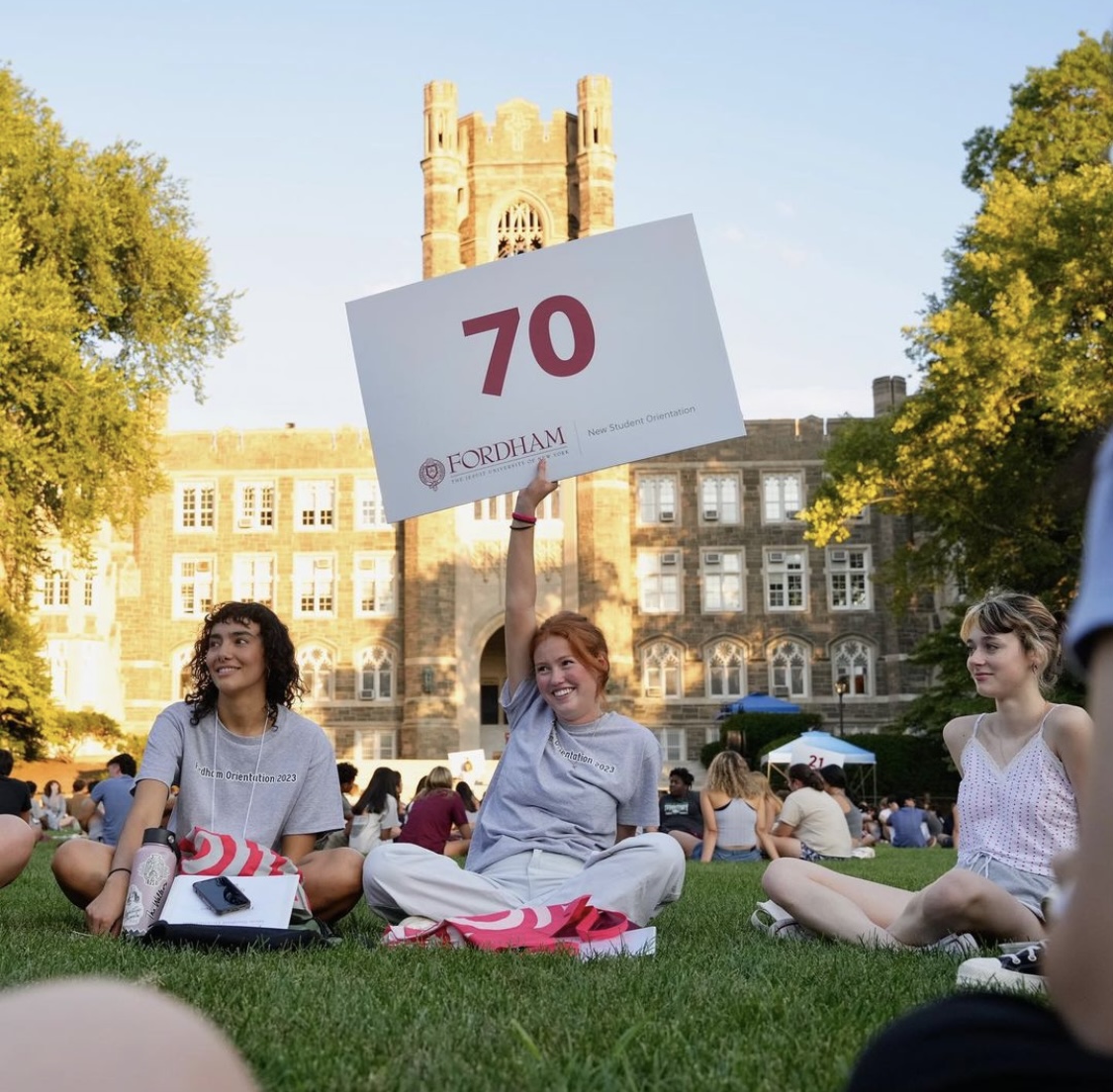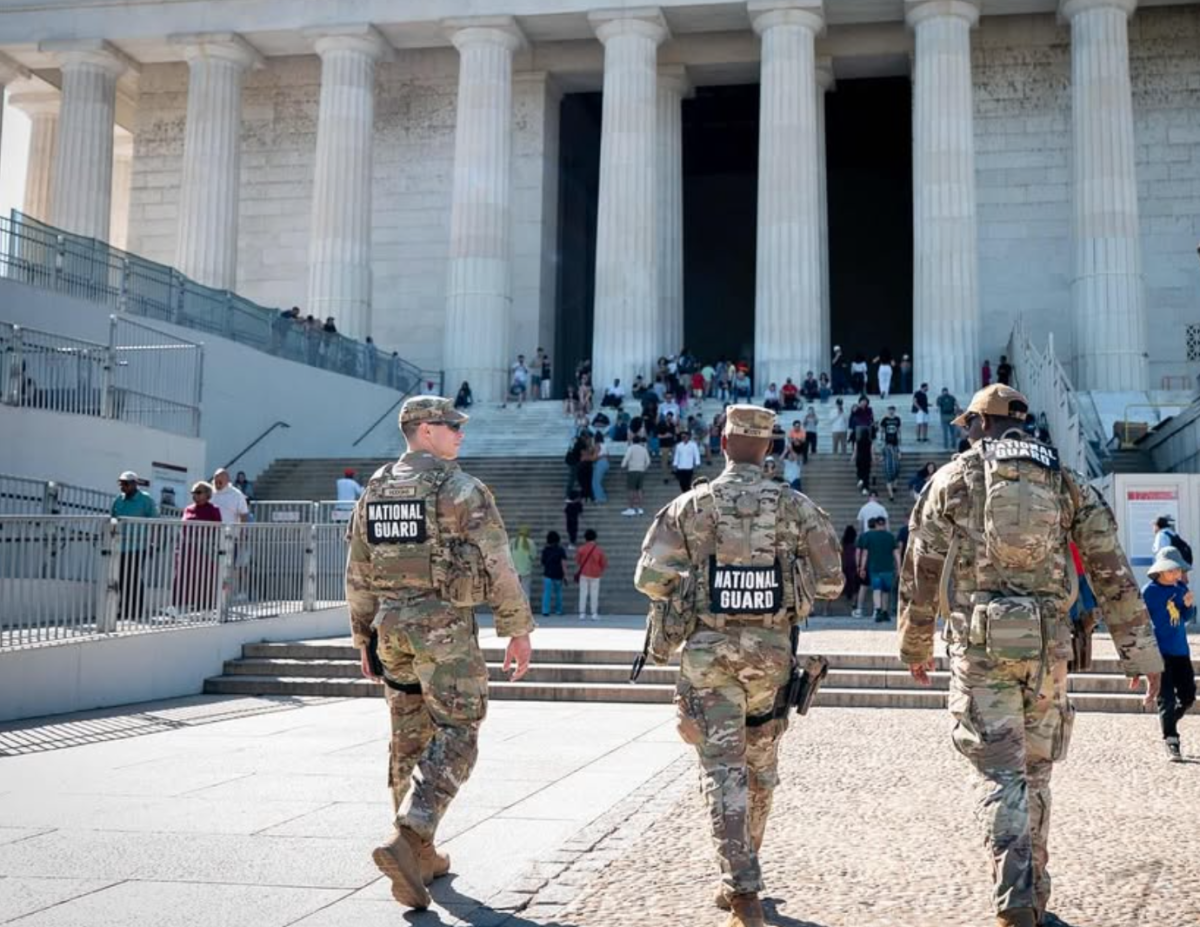Every year, new students from across the country and around the world join together at Fordham’s Rose Hill Campus for orientation. This two-day program is filled minute-to-minute with activities that range from talks on safety and classes to a carnival complete with a mechanical bull. Although the orientation process at Fordham may, from a distance, seem overwhelming or unnecessarily burdensome, with the start of new student orientation students are given the opportunity to not only join their small groups, but the community of Fordham as a whole.
The process begins with your introduction to the small group which will become the center of your orientation experience. Each group has around twenty students in it and two orientation leaders. These groups give new students time to meet with their peers and upperclassmen, discuss the day ahead of them or grab a bite to eat together. Providing an environment for students to form connections really helps to create an open and welcoming experience for students to take part in.
The orientation leaders themselves did an exceedingly-good job in ensuring each and every student in their group felt comfortable and welcomed. They gave students advice regarding classes, clubs and more which helped unsure and nervous students take a breath and jump into the next few days with ease. Orientation leaders went through a week-long training process in order to lead orientation, and the enthusiasm shown by each and every orientation leader proved just how much this position meant to them all. Leaders went out of their way to meet up with students before the day started and get a cup of coffee with them. Or to go get a slice of pizza during their designated breaks just to show new students their favorite places in town and make them feel welcomed. One of the best things about orientation was students being given the opportunity to form bonds with their upperclassmen orientation leaders, and gain a few familiar faces.
Throughout the days, new students are given numerous talks to learn about the Fordham experience and campus protocols. These talks incorporate information in a way that both entertains and informs new students about topics that are not easily discussed or talked about, such as sexual assault or substance abuse. By sharing information surrounding difficult subjects, students are provided with an assurance of a safe environment to confide in, and knowledge about different resources in times of need. Although these talks are helpful, there were instances where students were not paying attention, or just did not seem interested in them.
While the second day of talks was full of energy and faculty speakers even included the students in their talks, the first day was a lot of information in a very short amount of time. It may have been helpful for these talks to be dispersed over the orientation period so students could stay focused on the important information in many of the presentations. Regardless of this, these talks were very helpful in reassuring students’ concerns or questions, and allowed them to understand many topics in a deeper manner.
If one thing about orientation could be changed, it would be the time. Students, and orientation leaders especially, were put under pressure to make sure students got to one side of campus from the complete opposite end in very short time periods. Trying to move the large student body of the new class took much longer than it seemed was expected. This forced presentations to be shortened and left students without the full extent of information they were supposed to be provided with. By giving more time between talks, or designated time for students to travel to their next destination, the orientation process would be less stressful for orientation leaders and more rewarding for new students.
It may have been better if orientation could have been split up into a different timeline, possibly by extending it by a day. This way students would be able to take breaks during the day and the entire orientation would feel much less rushed. However, with all being said, the orientation leaders did an excellent job at keeping students organized and remaining calm under the pressure they must have been feeling.
The orientation process had so many rewarding qualities that it is difficult to only focus on aspects that are not positive. Some may find orientation unnecessary or burdensome, but the process is so much more than that. Focusing on only the negative aspects of orientation, students will not be as rewarded from all the incredible things that come with orientation. Even after completing the first week of classes, it can be said with confidence that orientation helped to prepare my classmates and I for school. It was because of the orientation process that students were able to navigate themselves through campus without getting lost, make some of our first Fordham friends and feel ready to take on this new chapter of our lives.
Mia Ludington, FCRH ’27, is a journalism major from Syracuse, N.Y.









































































































































































































